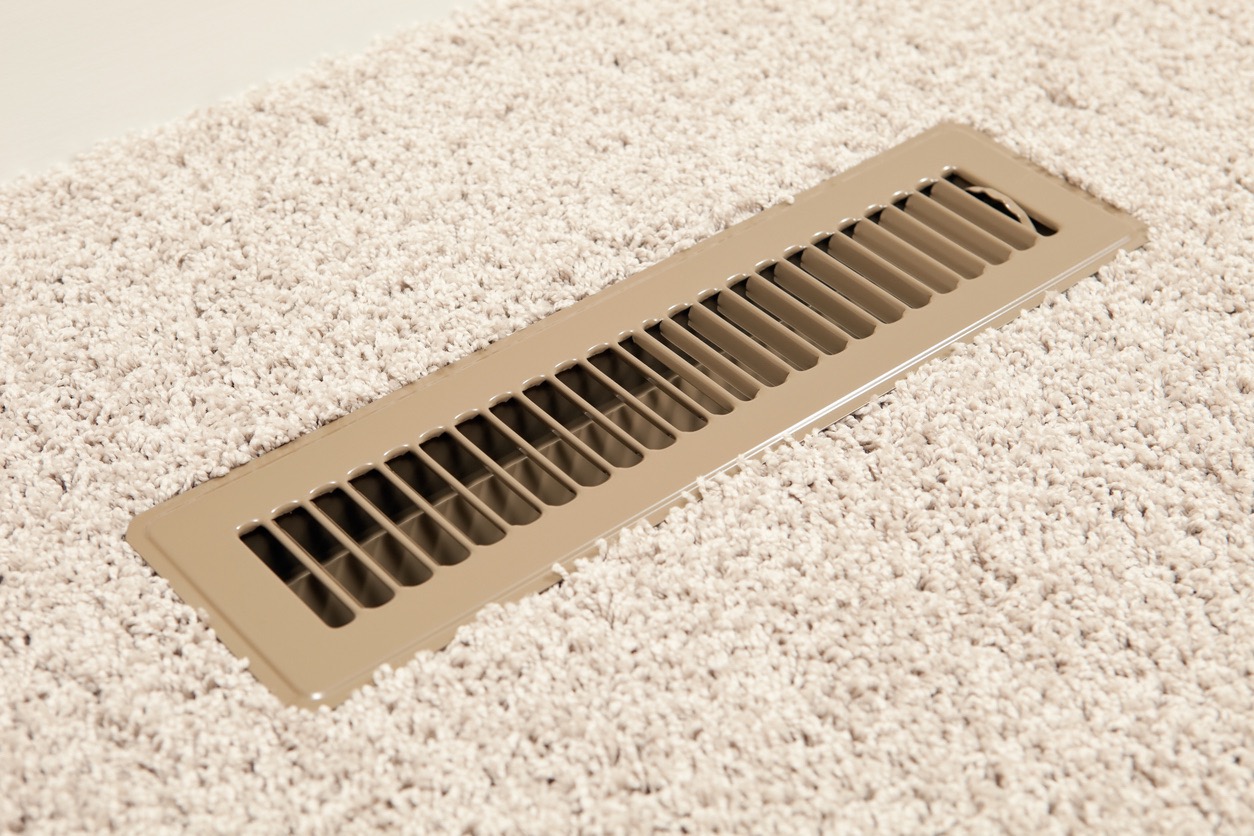

Articles
Where Should HVAC Vents Be Placed
Modified: October 20, 2024
Learn where HVAC vents should be placed in this informative article. Discover the best locations for optimal airflow and comfort in your home.
(Many of the links in this article redirect to a specific reviewed product. Your purchase of these products through affiliate links helps to generate commission for Storables.com, at no extra cost. Learn more)
Introduction
When it comes to optimizing the performance and efficiency of an HVAC (Heating, Ventilation, and Air Conditioning) system, the placement of vents plays a critical role. Properly placed HVAC vents ensure balanced airflow and effective temperature regulation throughout your home, making it more comfortable to live in and reducing energy consumption.
In this article, we will explore the factors to consider when placing HVAC vents, the best locations for vents in different rooms, and common mistakes to avoid. By understanding these key considerations, you can make informed decisions about the placement of HVAC vents in your home, maximizing both comfort and energy efficiency.
Key Takeaways:
- Properly placed HVAC vents are essential for balanced airflow and efficient temperature regulation, optimizing comfort and energy efficiency in your home.
- Avoid common mistakes such as blocking vents, achieving uneven distribution, and neglecting maintenance to ensure optimal performance of your HVAC system.
Read more: Where Should Glassware Be Placed
Factors to Consider When Placing HVAC Vents
Before you start placing HVAC vents in your home, it’s important to consider several factors that can greatly impact their effectiveness. By taking these factors into account, you can ensure optimal airflow and efficient heating and cooling distribution throughout your space.
- Room Size and Layout: The size and layout of a room can determine the number and placement of HVAC vents needed. Larger rooms may require multiple vents to achieve even airflow, while smaller rooms may only need one.
- Occupant Comfort: Consider the comfort and preferences of the occupants in each room. Understanding the areas that are frequently used or require more heating or cooling can help you determine vent placement for optimal comfort.
- Obstructions: Identify any obstructions that may impede airflow, such as furniture, curtains, or other objects. It’s important to ensure that vents are not obstructed and can distribute air freely throughout the room.
- Space Function: Different spaces in your home may have varying heating and cooling needs. For example, kitchens tend to generate more heat, while bedrooms may require a quieter and more comfortable environment. Adjust the placement of vents accordingly to meet the specific requirements of each space.
- Ductwork System: The design and layout of your home’s ductwork system will influence vent placement. Consult with a professional HVAC technician to understand the capabilities and limitations of your system and to determine the best vent placement options.
- Insulation and Air Sealing: Ensuring proper insulation and air sealing in your home is crucial for optimal HVAC performance. Keep in mind that poorly insulated or sealed areas may need additional vents or modifications to improve airflow and prevent energy loss.
By considering these factors, you can make strategic decisions about the placement of HVAC vents in your home, creating a comfortable and energy-efficient environment for all occupants.
Best Locations for HVAC Vents in Different Rooms
The placement of HVAC vents in different rooms can vary depending on the specific needs and characteristics of each space. Here are some guidelines for placing vents in common areas of a home:
- Living Room: In the living room, it is recommended to place vents near the seating areas and away from windows or doors to avoid cold drafts. This allows for efficient distribution of conditioned air throughout the space, ensuring a comfortable environment.
- Bedrooms: For bedrooms, vents should be placed near the bed or in areas where occupants spend the most time. This ensures that the sleeping area receives adequate airflow for both heating and cooling, promoting restful sleep.
- Kitchen: Kitchens tend to generate more heat than other areas of the home due to cooking activities. Placing vents near the kitchen can help remove excess heat and maintain a comfortable temperature. It is also important to consider vent hood installation to eliminate cooking odors and improve air quality.
- Bathrooms: Proper ventilation is crucial in bathrooms to remove moisture and prevent mold and mildew growth. Consider placing vents near showers, baths, and toilets to effectively remove moist air and replace it with fresh, conditioned air.
- Home Office: In a home office, it’s important to consider both comfort and productivity. Place vents near the primary work area to ensure a comfortable temperature for long hours of work. Additionally, avoid positioning vents directly above desks or workstations to prevent papers and documents from being blown around.
- Dining Room: In the dining room, vents can be placed near the dining table to provide a comfortable environment for meals and gatherings. Proper airflow helps maintain a pleasant temperature for dining experiences.
- Hallways: While hallways don’t typically require a lot of heating or cooling, strategically placing vents along the hallway can help promote airflow to different areas of your home, ensuring proper distribution of conditioned air.
Keep in mind that these are general guidelines. It is always best to consult with a professional HVAC technician who can assess your specific home layout and recommend the most suitable vent placements.
When placing HVAC vents, it’s important to consider the layout of the room and the flow of air. Vents should be placed near windows and doors to ensure proper circulation and avoid blocking them with furniture.
Common Mistakes to Avoid When Placing HVAC Vents
While it’s important to understand the best practices for placing HVAC vents, it’s equally crucial to be aware of common mistakes that can hinder their effectiveness. By avoiding these mistakes, you can ensure optimal performance and energy efficiency of your HVAC system.
- Blocking Vents: One of the most common mistakes is blocking vents with furniture, rugs, or other objects. This restricts airflow and reduces the efficiency of the HVAC system. Ensure that vents are kept clear and unobstructed at all times.
- Uneven Distribution: Failing to achieve even distribution of airflow can result in some areas of a room being too hot or too cold. Avoid placing vents too close together or too far apart. Strive for a balanced distribution of air throughout the space.
- Neglecting Maintenance: Regular maintenance is essential for optimal HVAC system performance. Neglecting filters cleaning or replacement, ductwork inspection, and overall system upkeep can lead to reduced airflow and decreased efficiency of the vents.
- Improper Sizing: Vent size is crucial in achieving balanced airflow. Using vents that are too small for a room can lead to restricted airflow, while oversized vents can cause issues with air pressure and temperature control. Ensure that the size of the vents is appropriate for the room they are servicing.
- Ignoring Insulation: Poorly insulated areas can result in energy loss and temperature imbalance. Before placing vents, ensure proper insulation in walls, floors, and ceilings to prevent hot or cold air from escaping and affecting the efficiency of the HVAC system.
- Overlooking Air Return Vents: Air return vents are as important as supply vents. They facilitate the circulation of air back to the HVAC system for conditioning. Avoid placing furniture or other obstructions near air return vents to ensure proper airflow and efficient operation of the system.
- Not Considering HVAC System Capacity: The placement of HVAC vents should be aligned with the capacity of the HVAC system. Placing too many vents in a room or areas that do not require significant conditioning can overload the system. Consult with an HVAC professional to ensure the system can adequately handle the number and location of vents.
By avoiding these common mistakes, you can optimize the performance of your HVAC system and ensure that the vents effectively distribute conditioned air throughout your home, creating a comfortable and energy-efficient living space.
Conclusion
The placement of HVAC vents plays a crucial role in ensuring optimal airflow, temperature regulation, and overall comfort in your home. By carefully considering various factors such as room size and layout, occupant comfort, obstructions, space function, ductwork system, and insulation, you can make strategic decisions about vent placement.
When placing HVAC vents, it is important to consider the specific needs of each room, such as the living room, bedrooms, kitchen, bathrooms, home office, dining room, and hallways. By placing vents in strategic locations within these spaces, you can achieve balanced airflow and efficient heating and cooling distribution.
To ensure the effectiveness of HVAC vents, it is crucial to avoid common mistakes such as blocking vents, achieving uneven distribution, neglecting maintenance, using improper vent sizes, overlooking insulation, neglecting air return vents, and not considering the HVAC system’s capacity.
By avoiding these mistakes and implementing best practices for vent placement, you can optimize the performance and energy efficiency of your HVAC system, providing a comfortable living environment for you and your loved ones.
Remember, when in doubt, consult with a professional HVAC technician who can provide expert advice tailored to your specific home’s needs. With proper vent placement and regular maintenance, you can enjoy a well-ventilated, comfortable, and energy-efficient home for years to come.
Frequently Asked Questions about Where Should HVAC Vents Be Placed
Was this page helpful?
At Storables.com, we guarantee accurate and reliable information. Our content, validated by Expert Board Contributors, is crafted following stringent Editorial Policies. We're committed to providing you with well-researched, expert-backed insights for all your informational needs.



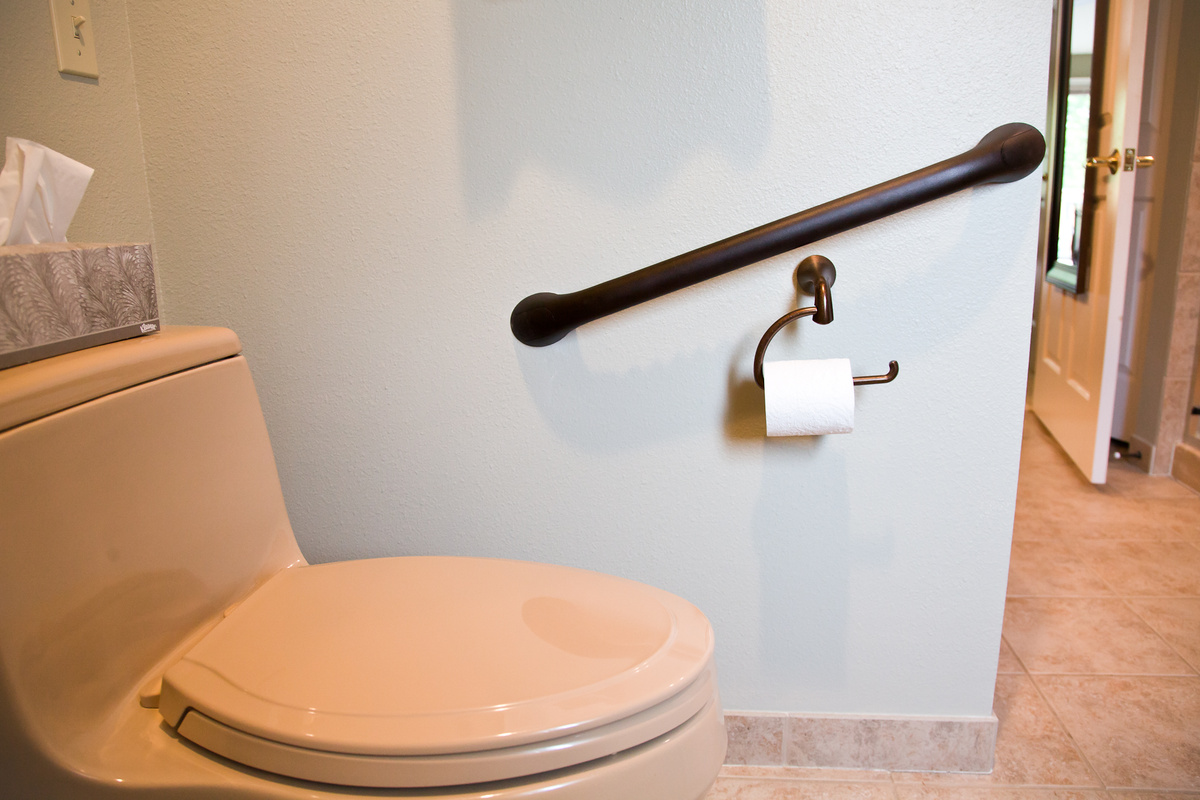
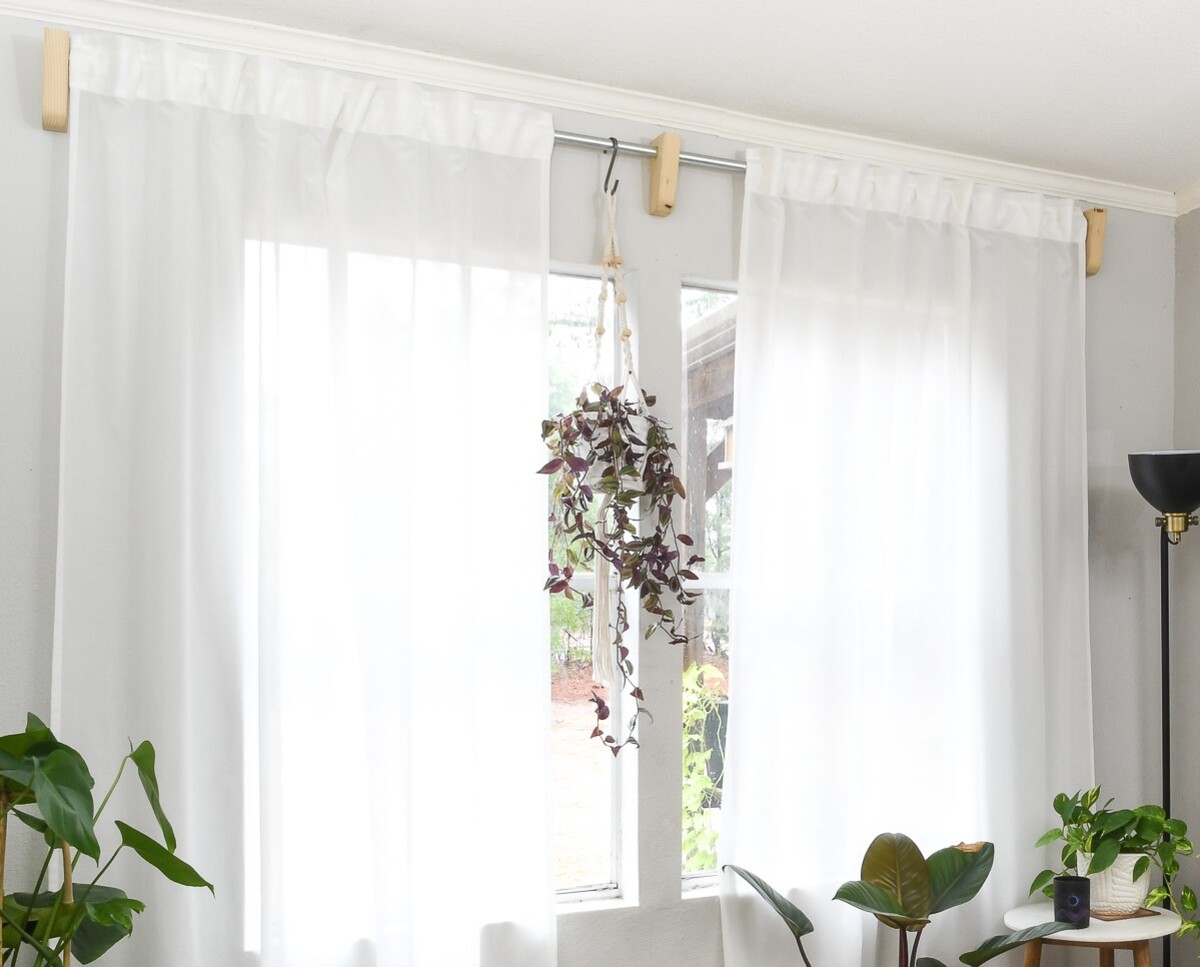
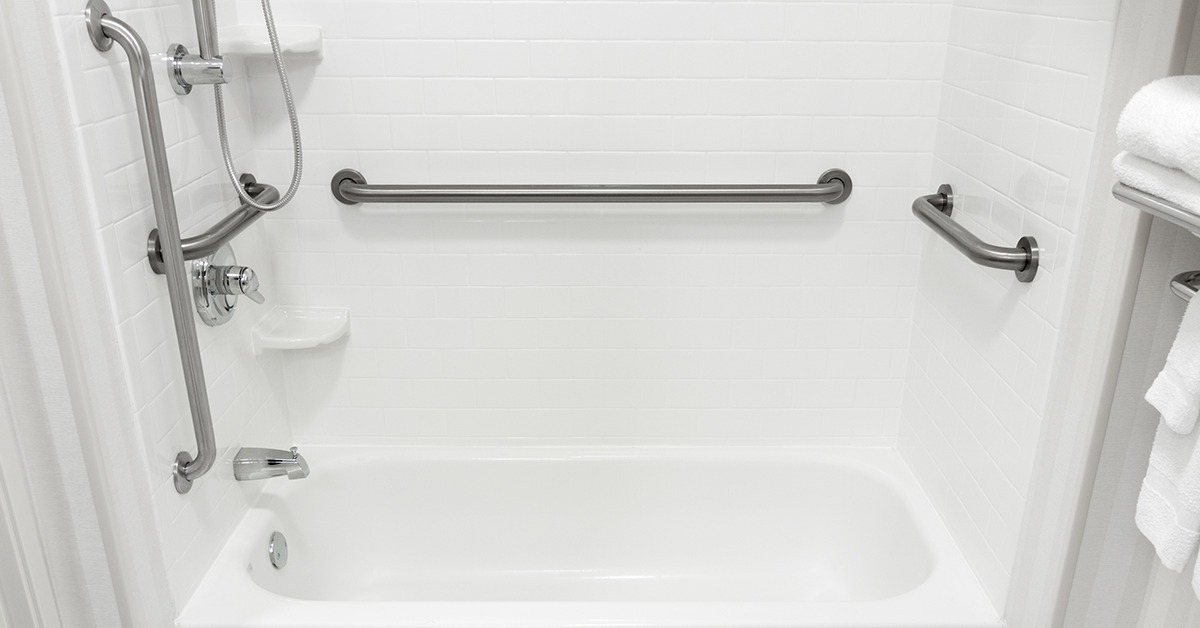
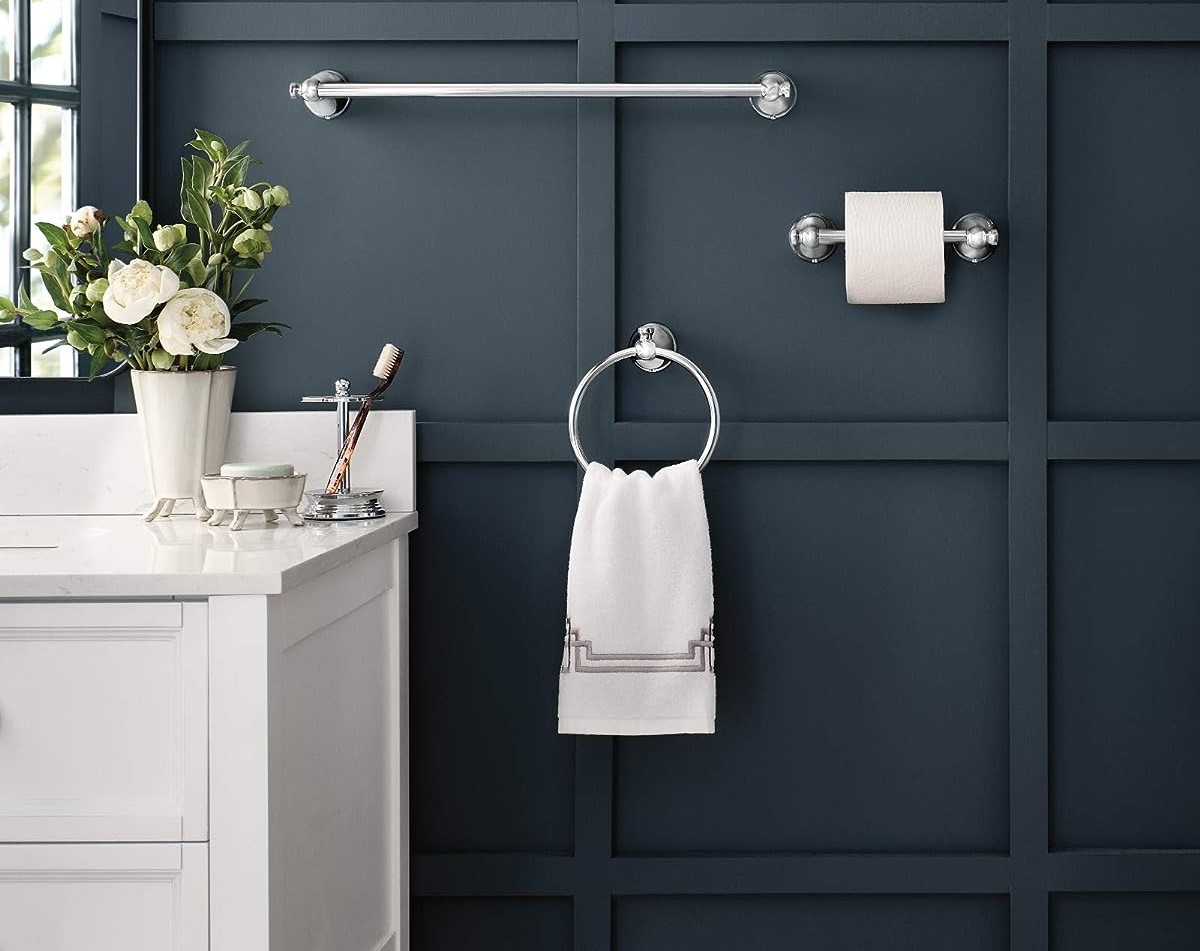
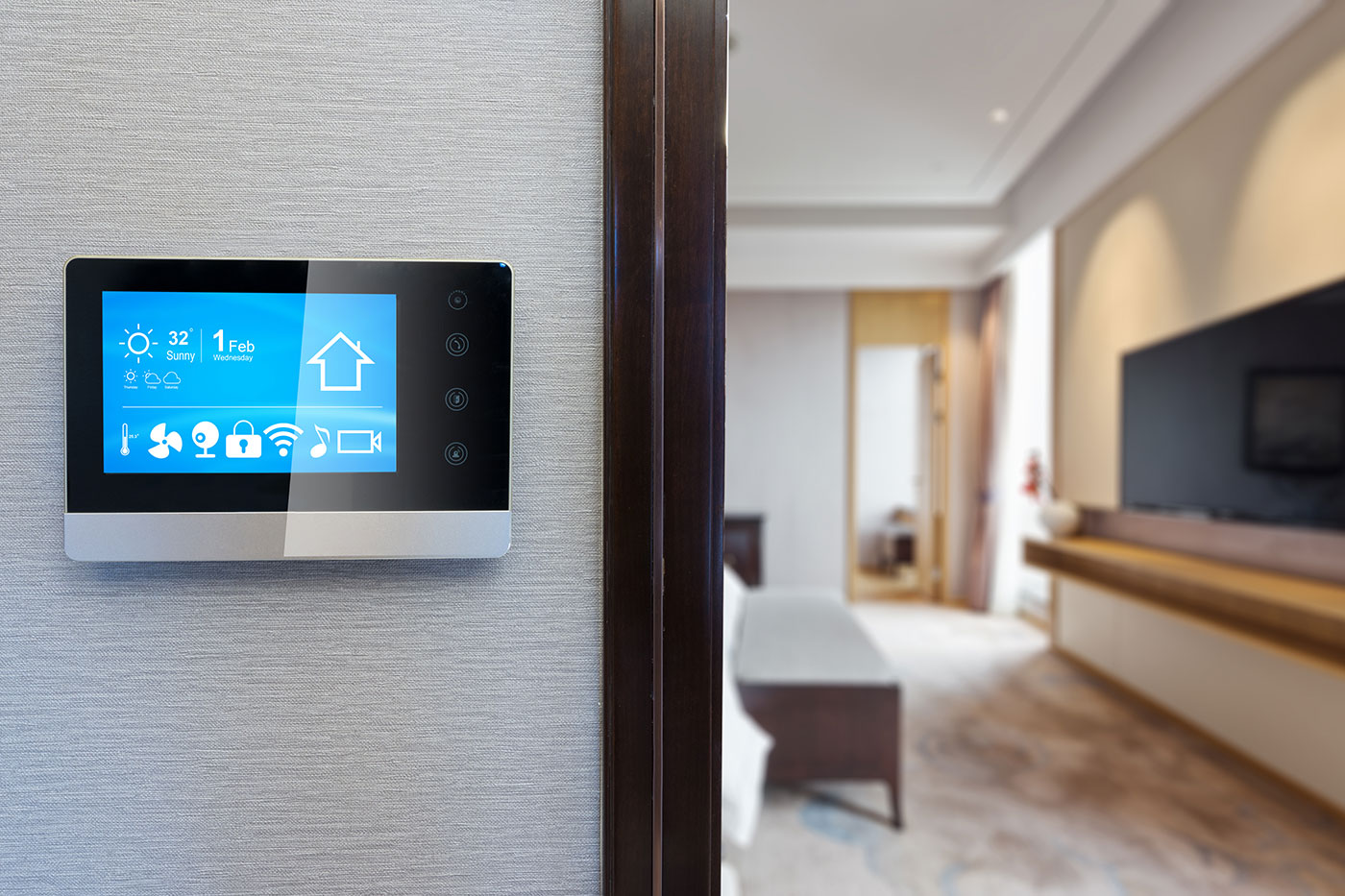



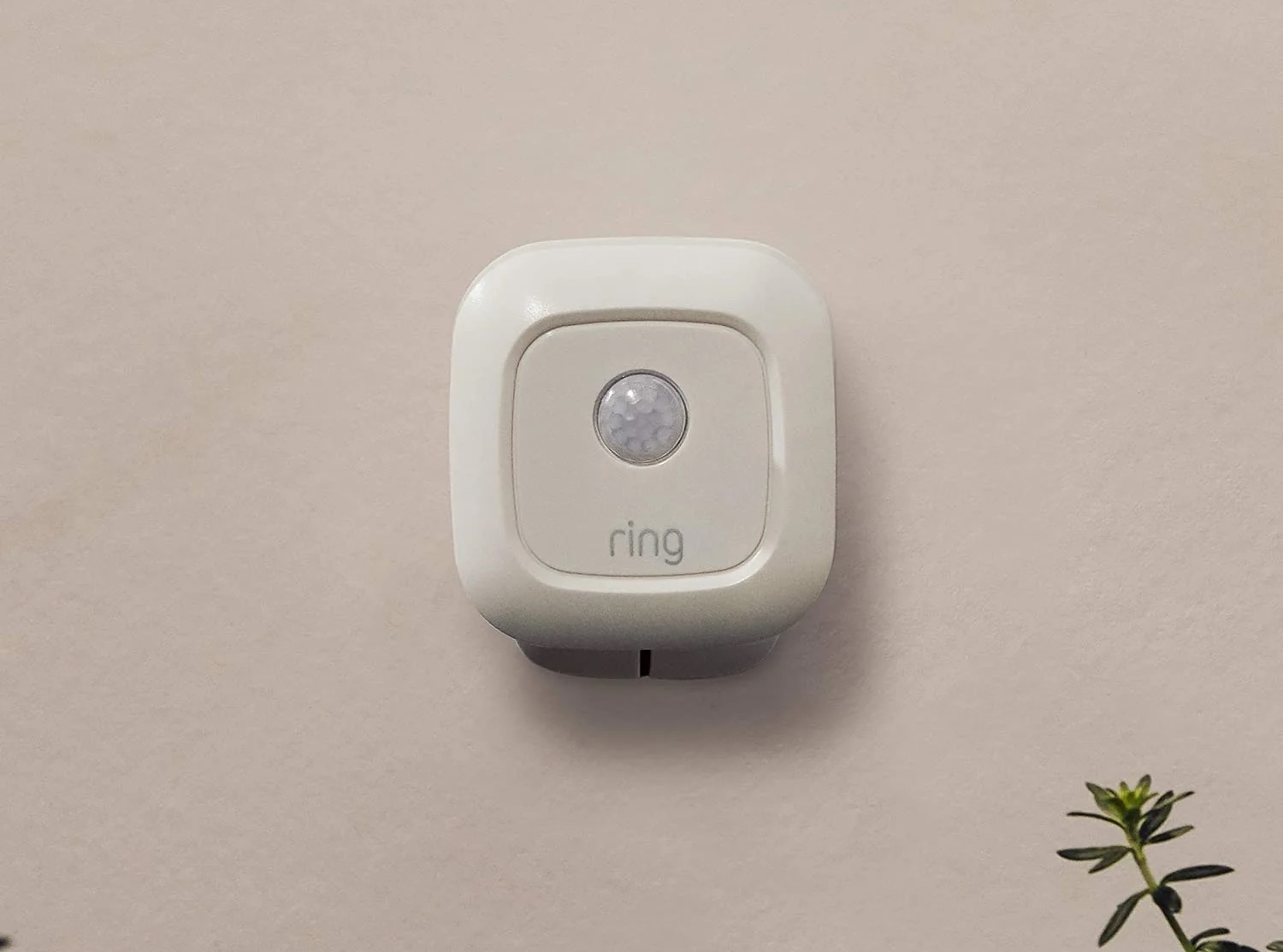
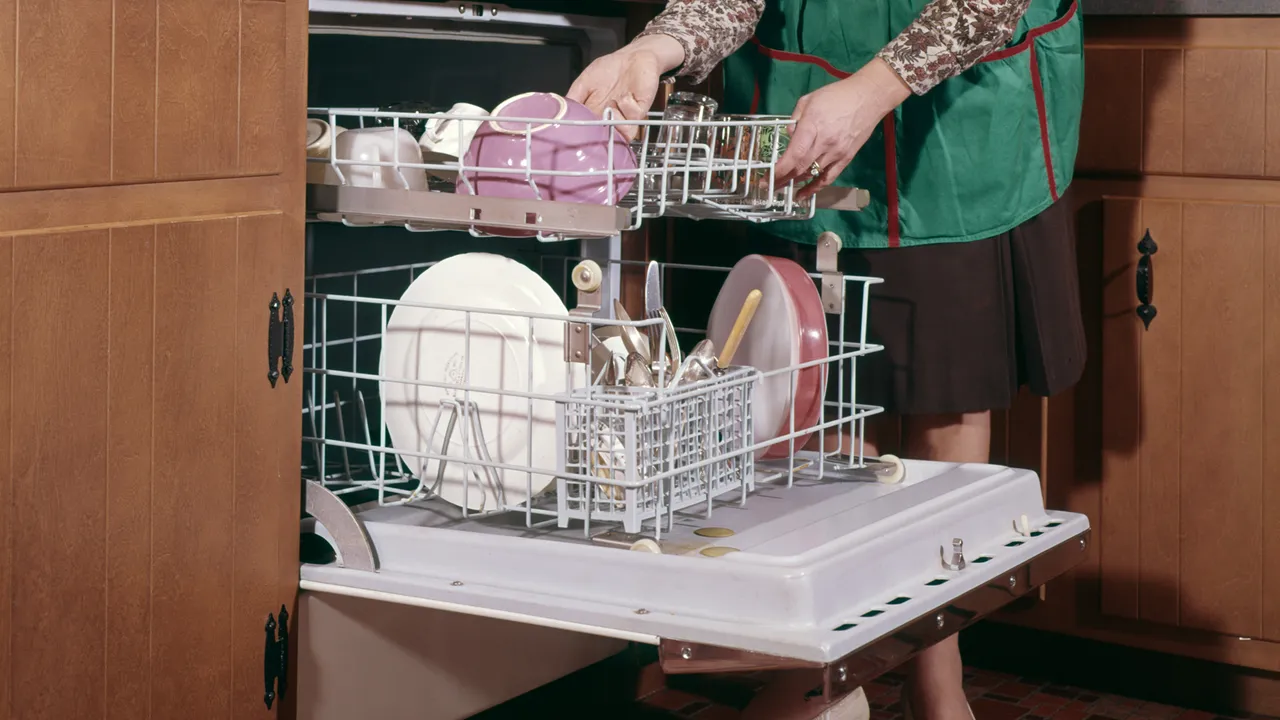
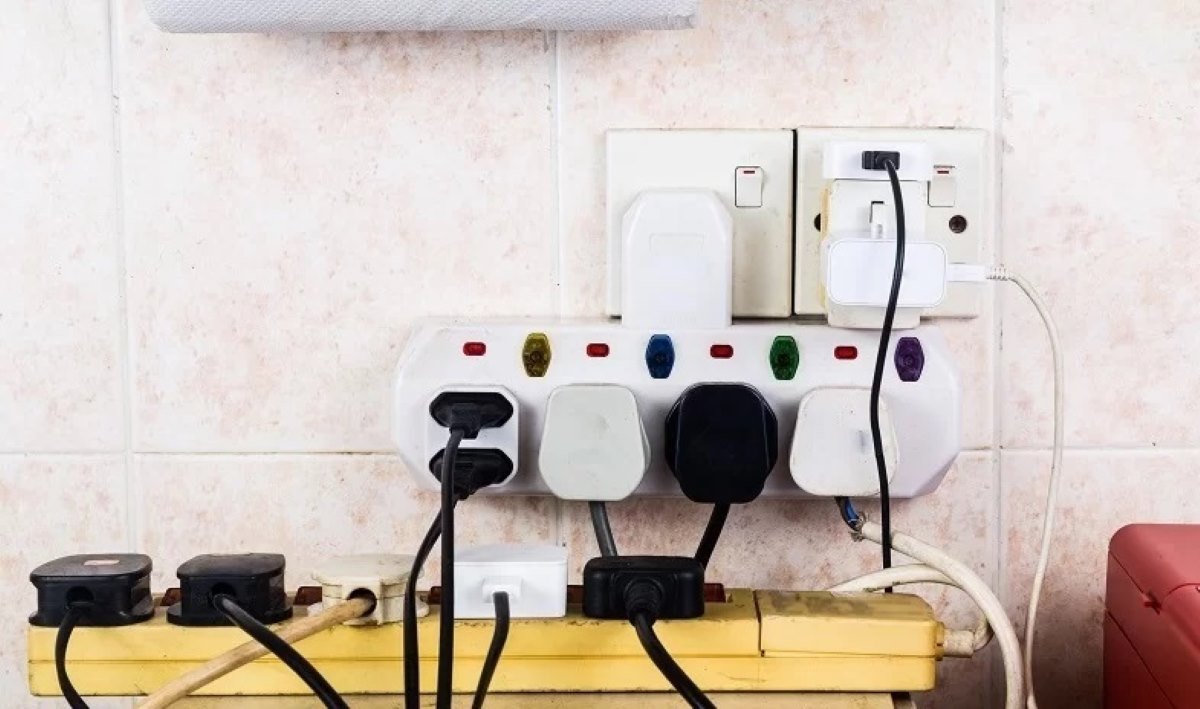
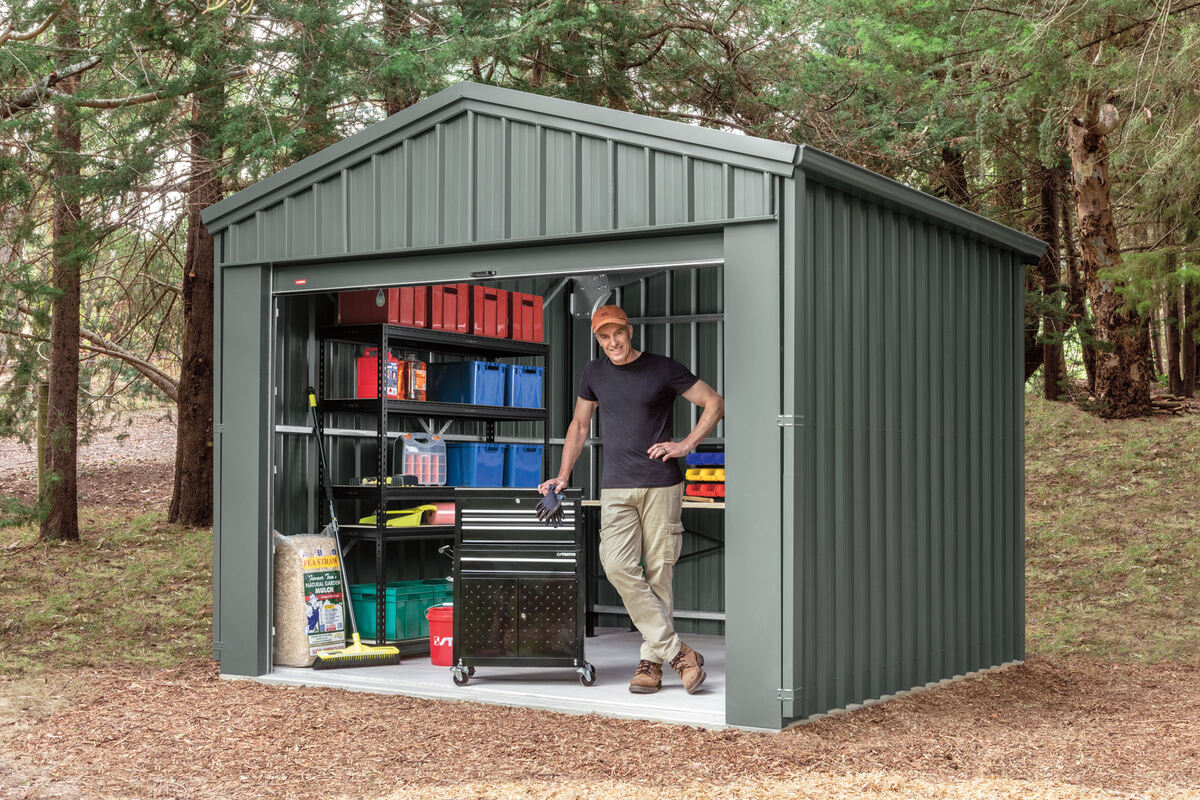

0 thoughts on “Where Should HVAC Vents Be Placed”